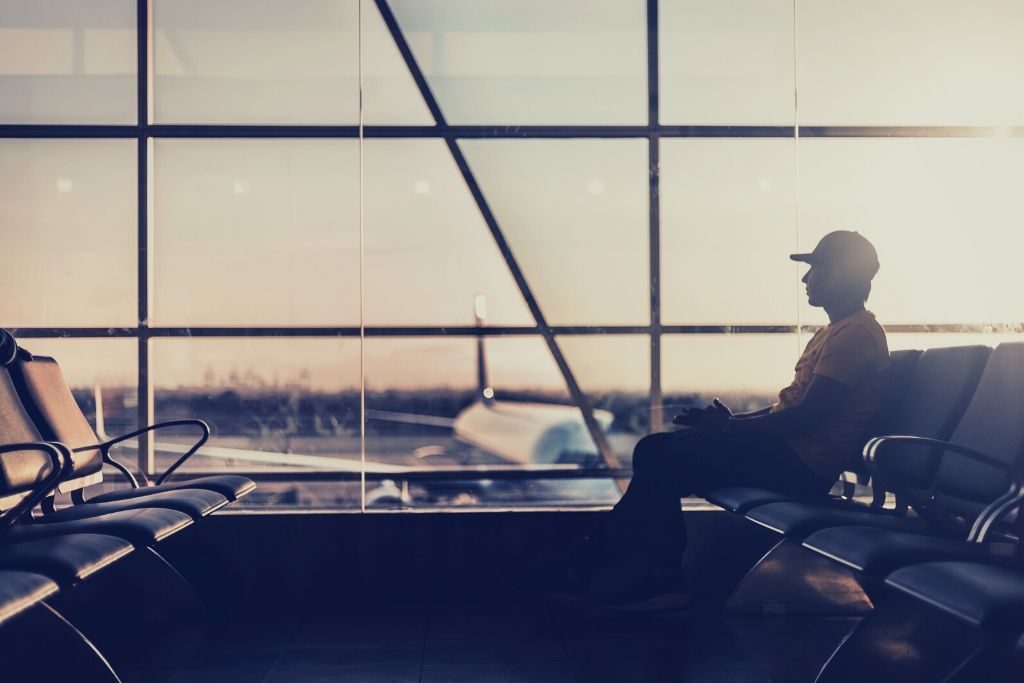The coronavirus pandemic has been changing the world as we know it in both the short and long term. However, as billions stayed home to flatten the curve, few industries have been affected by COVID-19 like aviation and air travel. Between late March and April 2020, more than 20 major airlines suspended their operations by 100 percent. While some of them are dipping their toes back into services by domestic flights of lesser frequency, will air travel after COVID-19 ever be the same?
According to countless aviation experts around the world, COVID-19 is pushing some irreversible changes in air travel in two primary ways: The rise of touchless travel and digitalization.
These transformations have already been in the making for a long time. But the pandemic is accelerating the natural process of the technological evolution in air travel.
Touchless Travel For Clean Bill of Health

From ditching handshakes to the rise of telecommuting, COVID-19 single-handedly changed all the attitudes towards touch and physical contact. The virus can travel and spread from the surfaces — in the case of flying, literally. Hence, all stages of air travel must minimize any touch and physical contact, even with strict hygiene protocols.
The process of reducing touch in air travel is a complex one and requires many different steps and improvements in airports and planes, from food courts to gates. Nevertheless, some of the most significant ones include touch-free access.
Facilitated by biometric and face recognition technologies, self-boarding gates will reduce not only touch but also security checkpoints and immigration queues. While future-forward airports like Singapore and Las Vegas have long implemented these technologies, touch-free access will likely be a mundanity of air travel after COVID-19.
Automation and Self-Service Will Dominate Air Travel After COVID-19

Millions of passengers will scan their documents, provide their biometric data, and proceed to their gates to enjoy their flights.
To fortify the touch-free measures, a drastic rise of digitalization is taking place in air travel. While many organizations and governments have already strode towards digitizing and automating the travel industry, air travel after COVID-19 will be even higher-tech.
According to Alex Dichter, senior partner at McKinsey & Company, data and tracking will be the key to return to the skies and ensure the safety and quality of the services.
Airlines will take this opportunity to accelerate self-service. That’s a trend that’s been in place for some time, but airlines were probably slower at scaling these technologies out than many customers would like.
Alex Dichter, senior partner at McKinsey & Company
From Clouds to Clouds: The Rise of the Digital Traveler
While the sky is the limit for the applications of automation and digital technologies in air travel after COVID-19, some of them might include digital health passports and contact-tracing software, in addition to the biometric-powered touchless travel technologies.
The World Economic Forum is already working on a “Known Traveller Digital Identity”, which they describe as an “initiative brings together a global consortium of individuals, governments, authorities and the travel industry to facilitate safe and seamless journeys.” This way, after consenting to share their health data, travelers will allow authorities to conduct a risk assessment and thus, contribute to global public health.
All in all, automation and technological improvements in air travel are poised to improve the experience of flying long after there are no cases of COVID-19 left.







